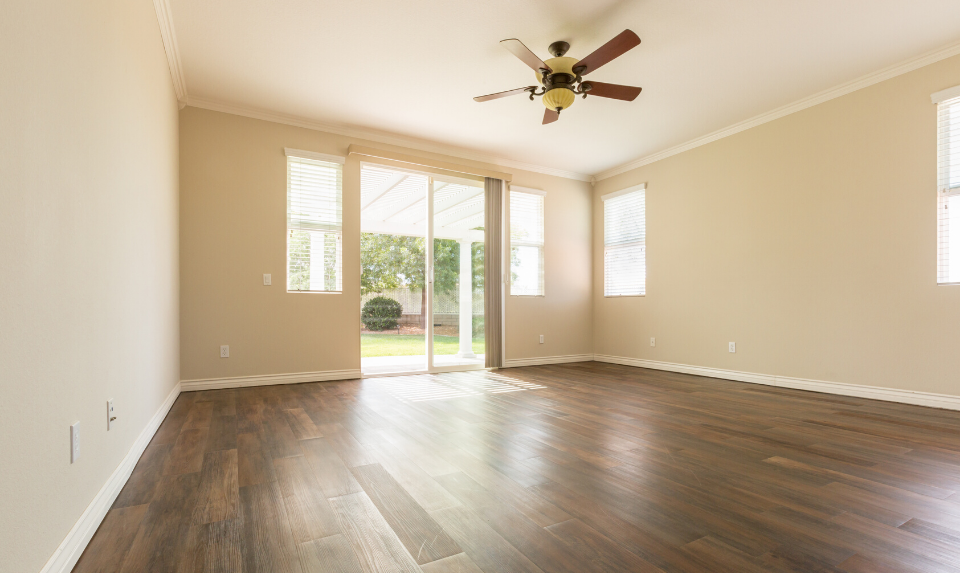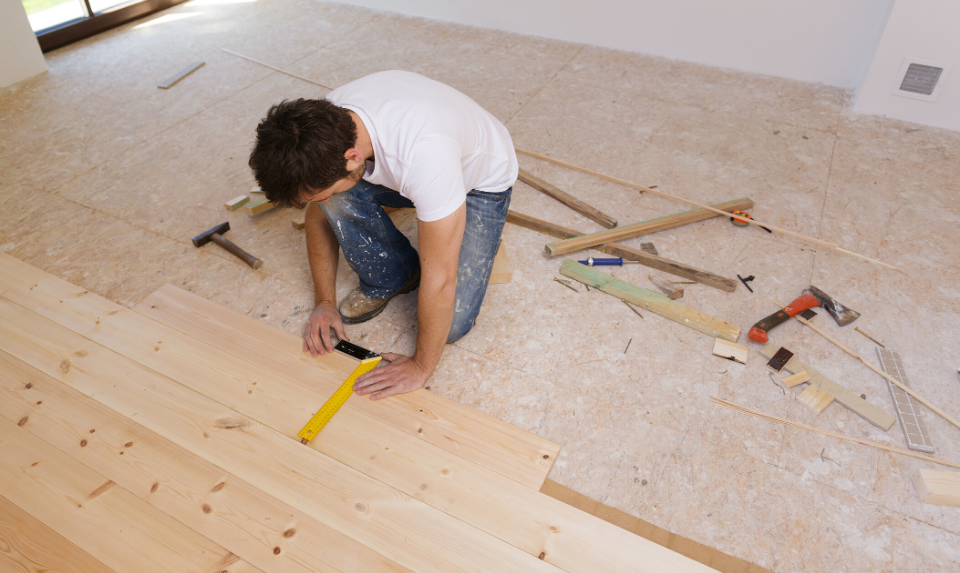There are a lot of long-term benefits of placing wood flooring in your house as they present timeless elegance, a beautiful living environment, and substantial investment if you ever choose to trade your home. If you desire to get the best value of your investment, here are essential factors to consider when choosing wood flooring:
Characteristic of Your Home
When choosing wood flooring, one of the primary concerns is the characteristic of your home. It would be best if you considered every interior element of your home, including trim work, cabinets, and any distinct design elements that should harmonize with the floor.

Bear in mind that shades of hardwood that mix darker and lighter pieces go well with a traditional style. Designers commonly suggest many popular combinations, but you might be able to come up with different ideas for some unusual results!
Staining and Finishing Options
Some of the essential considerations for wood flooring are the staining and finishing choices. While hardwood floors are undoubtedly stunning in their original form, a stain can add color to the wood, highlight the trim of the interior wood and increase its decorative appeal. Finishing can be beneficial as it influences the maintenance of the floor and prevents it from getting stained. You can use almost every stains and finish to most types of wood, so make your judgment depending on your preference.
Your Daily Lifestyle
One more factor to acknowledge when picking hardwood floor fitting is your daily lifestyle in your home. For instance, if you have pets or kids in your home, your wood flooring might experience significantly more wear and tear. So, you should pick a type of wood species that is more enduring. A lot of homeowners favor red oak as it is extremely heavy-duty, and the rates are quite inexpensive.
Type of Subfloor in Your Home
You may want to fit a particular type of wood flooring based on the subfloor in your home, which is usually plywood, particleboard, or concrete. If you own a plywood subfloor, you can apply either solid hardwood floors or engineered hardwood floors. But, if you have a particleboard subfloor, you will need to replace it with plywood before adding solid or engineered wood floors. Concrete floors also need plywood fitting before attaching solid wood floors.
Solid or Engineered
Conventional solid hardwood flooring is usually ¾” thick and is accessible in numerous widths. Solid hardwood flooring is ‘really’ what it sounds like, solid wood completely. Engineered hardwood flooring is attainable anywhere from ⅜” up to ¾” in thickness and comes in a wide range of widths. But, engineered flooring is a sheet of solid wood on top of numerous layers of soft lumber plywood. The single most important advantage of this timber is its durability.
Today’s wide plank wood flooring is readily available with engineered as opposed to reliable merchandise. Engineered hardwood is extra stable in surroundings where there is moisture. It is this durability that lets a homeowner fit wood flooring in basements. Choosing an engineered product as opposed to reliable merchandise allows for a more significant susceptibility in moisture, therefore requiring less labor by the homeowner to sustain their hardwood floors.

Resources/Prices
When planning for a flooring upgrade, you need to have a few things in mind:
- Do not just concentrate on the per square foot cost of a specific floor. Take into attention what it will require to get your floors fixed. Installation charges are usually that, just the fitting.
- Consider where the floor is to be set up in your home.
- More traditional homes may need additional work to correct high or low spots in the subfloor or refastening to get rid of noises.
- Thresholds and perimeter baseboards will be affected by a flooring change, which likewise needs to be factored into the cost.
Having the capability to relocate furniture around and fix the area will reduce the overall value of your project. If you are a ‘Do It Yourself’ type of person and desire to do the fitting on your own, take the time to pick a product that is best for you. And make sure you know every product requirements and specifications by the manufacturer to have your product warranty intact.

